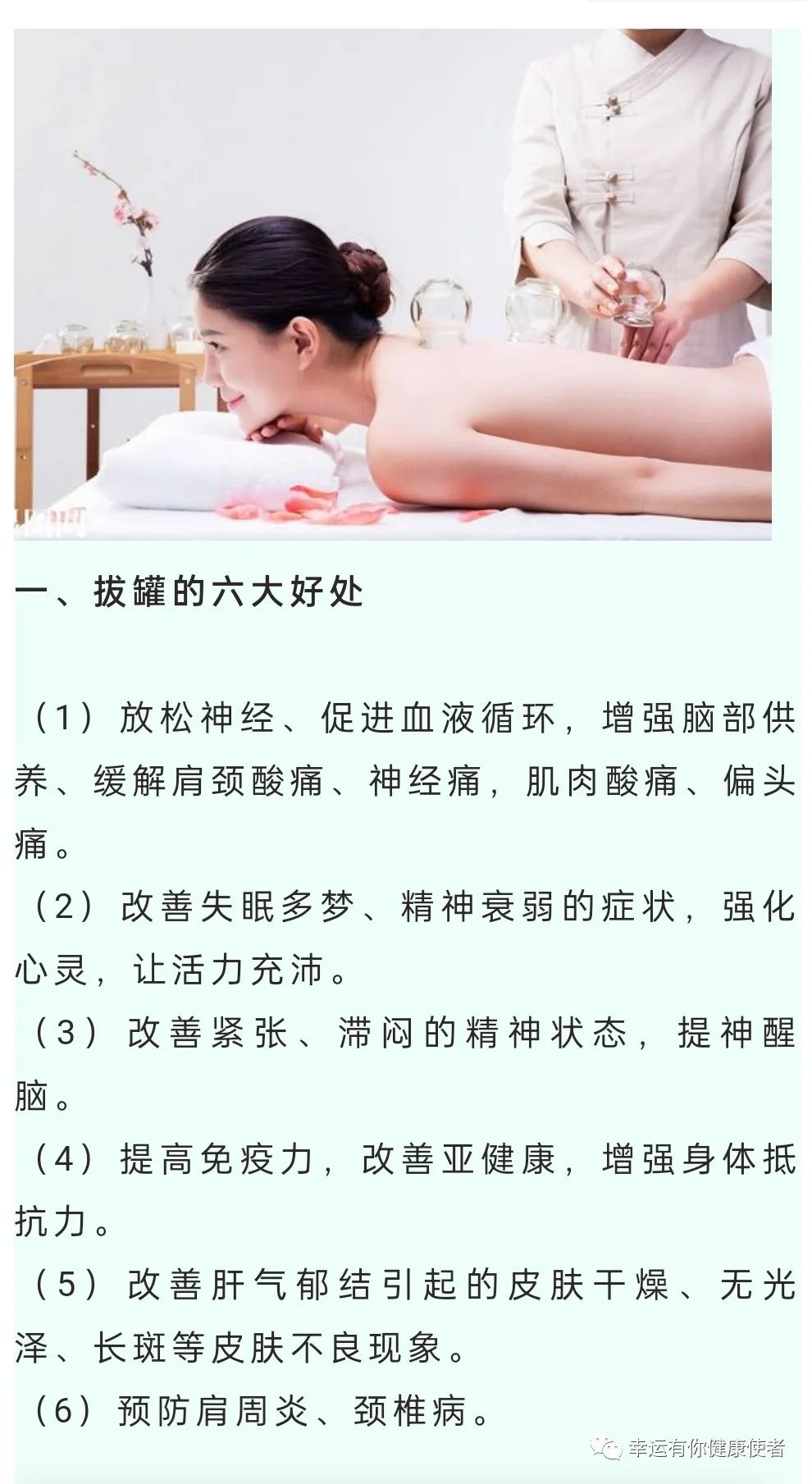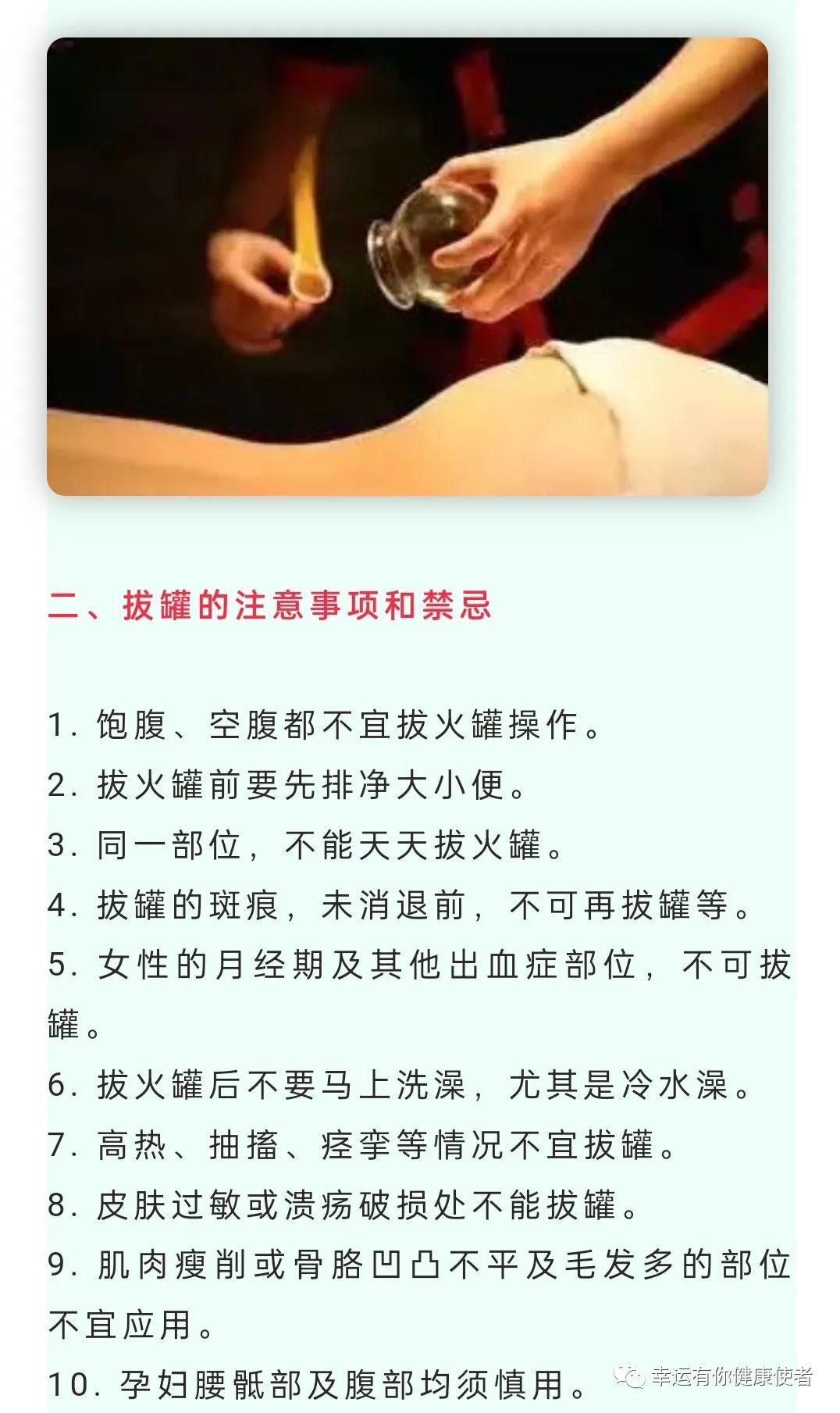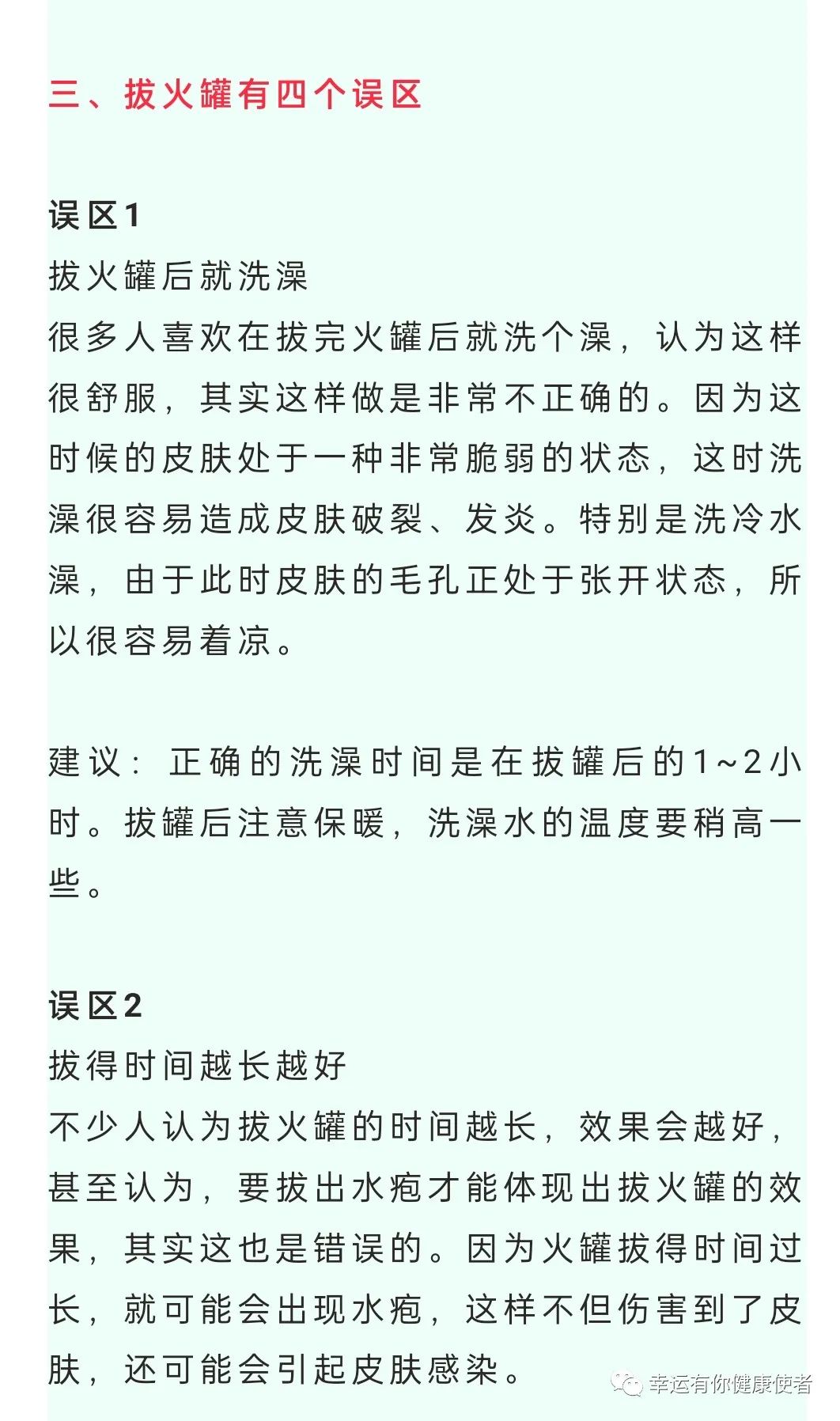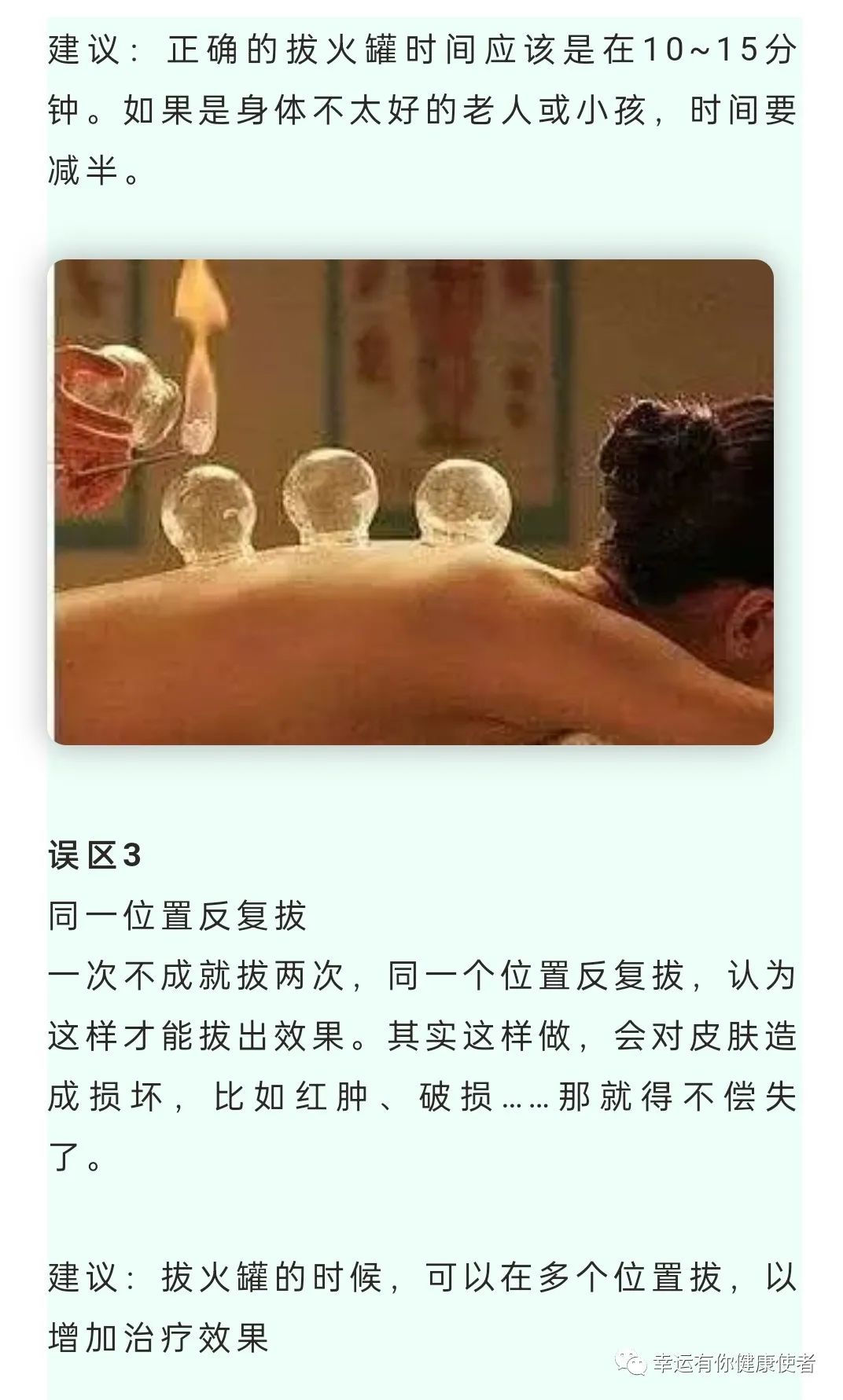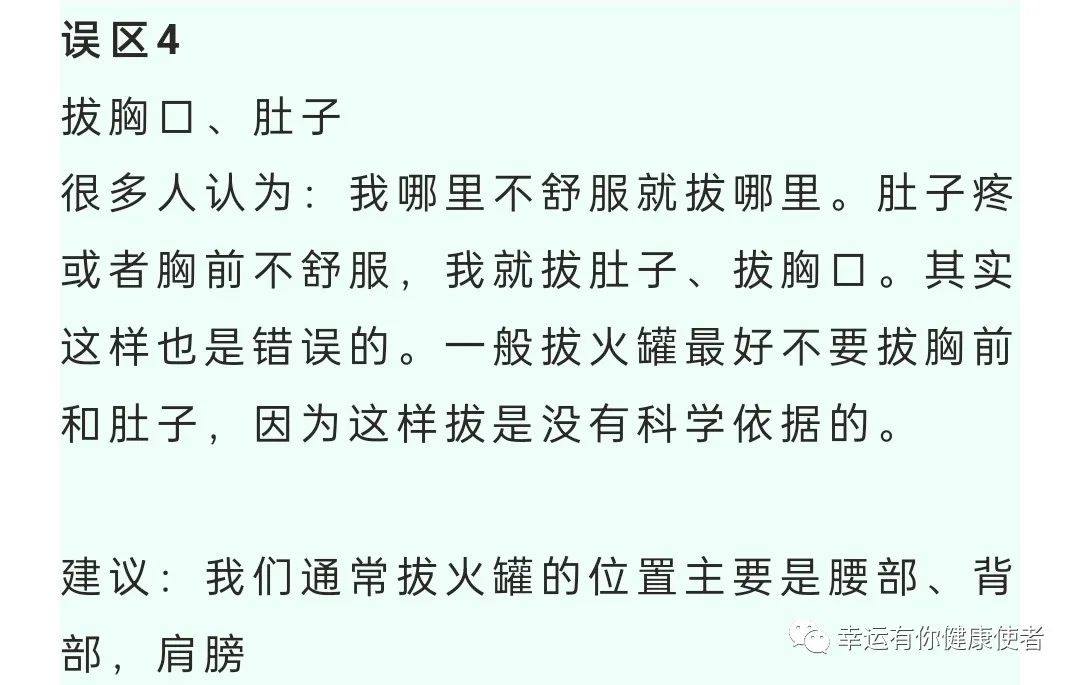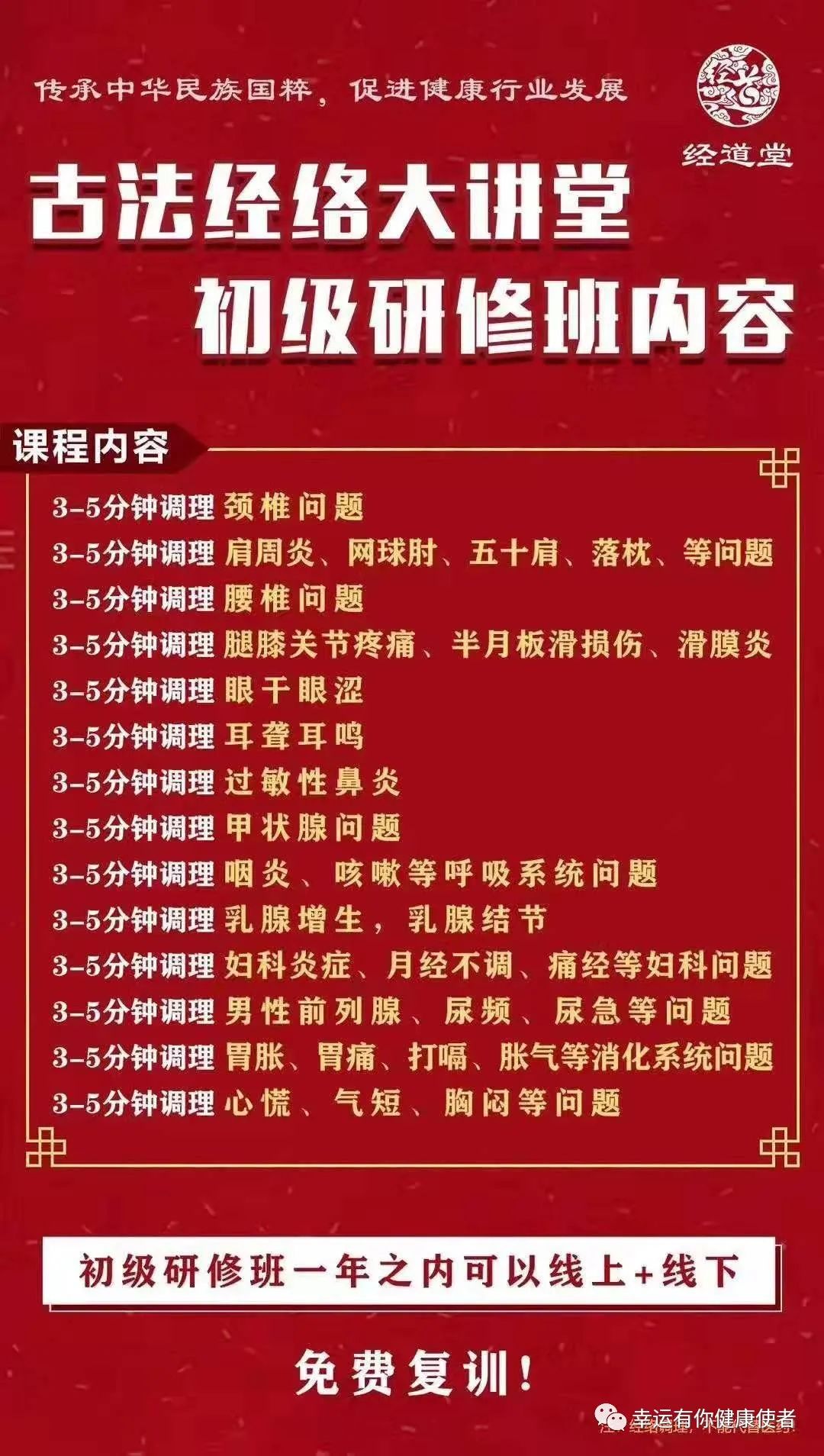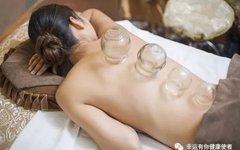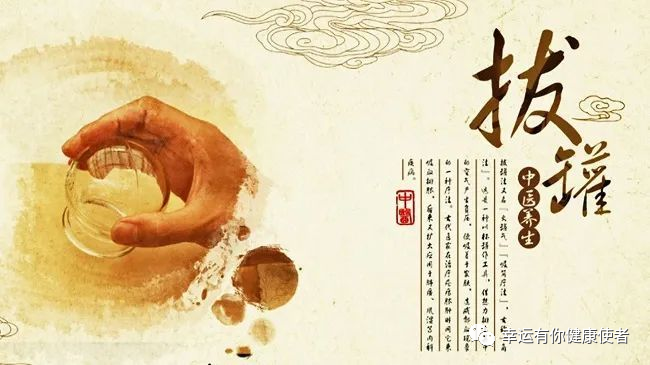
The effects and benefits of cupping therapy, as well as its contraindications, indicate that cupping can help the body expel wind, cold, and dampness. Especially in summer, cupping is a method that uses cups as tools to promote the flow of qi and blood. Cupping on the Dazhui (大椎) point can treat febrile diseases. Below, we share the effects, benefits, and contraindications of cupping therapy.
The Four Amazing Benefits of Cupping Therapy
1. Effectively Expels Dampness
Excess dampness in the body can lead to symptoms such as muscle and joint pain, and fatigue. Cupping can expel damp and cold from the body by allowing these substances to permeate through the skin, effectively removing dampness and restoring a refreshed state.
2. Effectively Unblocks Meridians
Cupping creates a negative pressure suction on the skin surface, which facilitates local gas exchange, effectively stimulating local acupoints and unblocking the meridians. Smooth circulation of qi and blood benefits the nourishment of various organs, promoting overall health.
3. Relieves Lower Back and Leg Pain
For those who sit for long periods or suffer from lower back pain, cupping therapy can help. It unblocks the meridians and promotes blood circulation, providing relief for local muscle strains, lumbar muscle fatigue, and neck and shoulder discomfort.
4. Effective Harmonizing Effect
Cupping can effectively regulate the nervous system, balancing its excitatory and inhibitory processes, enhancing its regulatory effects on various tissues and organs. Additionally, cupping can raise local temperature, accelerate blood circulation, promote metabolism, and effectively enhance organ vitality, aiding in physical recovery.

What Does the Color of the Skin After Cupping Indicate? Is a Deeper Color Better?
Those who have undergone cupping know that marks will appear on the skin after treatment. Many believe that these marks indicate the expulsion of toxins, with deeper colors suggesting more toxins have been expelled and better cupping effects. However, this may not be entirely accurate! Healthy individuals typically have lighter marks after cupping, which do not last long. Different body types also yield different colors after cupping, which can indicate various conditions.
If the marks are purple-black, it may suggest insufficient blood supply and blood stasis, indicating poor circulation. If the marks are red, it may indicate excessive internal heat. If there are patterns in the color, it may suggest the presence of wind or excessive dampness. These colors can reflect certain issues, but why is it said that deeper colors are not necessarily better?
The color of the skin after cupping should be considered a reference rather than a direct indication of effectiveness. Each person’s constitution is different, and the cupping technique must be appropriate; excessive suction can lead to deeper colors and potentially adverse effects. Generally, the suction should be moderate, and there is no need to pursue very deep colors. The marks left by cupping typically fade within about a week.
Additionally, the duration of cupping should not be too long. Some individuals may develop blisters after cupping, which is not a sign of detoxification but may result from prolonged cupping.
What Are the Benefits of Cupping for the Body?
Cupping can effectively promote blood circulation throughout the body, help unblock meridians, improve vascular permeability, and eliminate muscle fatigue. It is an excellent way to relieve stress and fatigue. This is particularly beneficial for office workers who sit for long periods, as their blood circulation and metabolism can slow down significantly, leading to neck and back pain and potential weight gain. Regular cupping may help alleviate these issues.
For individuals with excessive dampness in the body, cupping can effectively expel damp and cold. Excessive dampness can disrupt water metabolism, leading to health risks and potential weight gain. Cupping can effectively force out damp and cold from the body, making one feel lighter and healthier.
As long as the correct suction strength and duration are observed, appropriate cupping can yield the aforementioned benefits. However, not everyone should undergo cupping; the following groups should avoid it. Please self-assess to ensure you are not among them.
Individuals with significant weakness should avoid cupping, as it may exacerbate their condition and cause dizziness. Those with skin allergies should also avoid cupping, as the direct application on the skin may worsen their skin issues.
